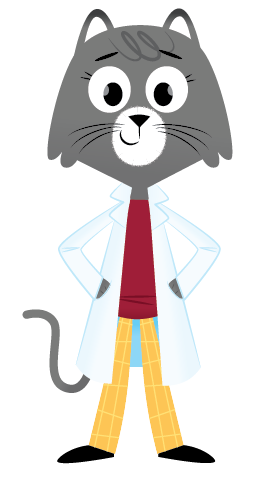Dear Xitan,
Look up to the twinkly stars and you’ll witness starlight traveling from deep space to your eyeballs. That twinkling you see is the light taking lots and lots of detours.
Out in space, astronauts don’t see stars twinkle. I learned about this from my friend, astronaut John Fabian. He studied engineering at Washington State University and flew two space shuttle missions with NASA.
Before his missions, they told him not to worry if the stars weren’t twinkling in space. It’s normal for stars to look totally still when you’re up there. The difference between gazing at stars from earth or outer space is all about the atmosphere.
“We see (twinkling) because light is scattered and recombined as it passes through the atmosphere. In space, there’s no scattering,” Fabian explained. “Stars are just spots in the sky.”
Scientists talk about light being made up of itty-bitty particles called photons. In space, there isn’t anything in the way of the photons, so they move as fast as they can. Light travels about 670 million mph. Or fast enough to make seven trips around Earth in a second.
That is, unless light travels through the thin layer of air and dust in our atmosphere. Then it slows down a bit.
My friend Guy Worthey is an astronomer and WSU professor. He explained that as photons enter the Earth’s atmosphere, they start hitting other kinds of particles and molecules in the air.
Just imagine if you were to move across a room packed full of people. You’d be bumping into everyone. You’d also go much slower than if the room were empty. The same is true for photons.
As light hits these road bumps, it bends away from the stargazer’s eye and back again. The phenomenon is what astronomers call stellar scintillation. And when light changes directions as it goes through water, light, or air, it’s known as refraction.
To see refraction in action, dip your finger or paw in water. It will look like your finger is disconnected.
 Light not only moves through air and water, but also glass. If you grab a pair of binoculars and find a bright star on the horizon, Worthey said, you’ll notice less twinkling. Instead, you’ll see the star shift through a rainbow of colors.
Light not only moves through air and water, but also glass. If you grab a pair of binoculars and find a bright star on the horizon, Worthey said, you’ll notice less twinkling. Instead, you’ll see the star shift through a rainbow of colors.
Light travels through your eyes, too. While cat eyes and human eyes are different, each of our eyes refracts light. Usually this happens in the cornea, the clear part of your eye, or the lens. It lets us see our world during the daytime and observe the night sky when it gets dark.
Like you, many stargazers, astronomers, and even poets have wondered about the stars over the years. Before humans knew more about the science of twinkling, poet Jane Taylor and her sister wrote the rhyme for the song, “Twinkle, Twinkle Little Star.”
Stars will always keep us wondering. But now you know they don’t really twinkle after all.
Sincerely,
Dr. Universe